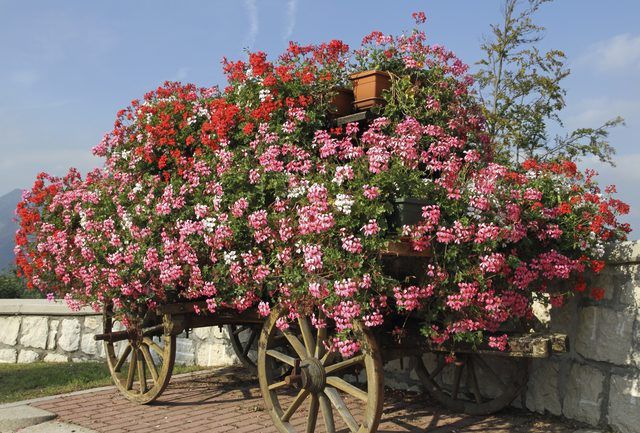Bulbs
Flower Basics
Flower Beds & Specialty Gardens
Flower Garden
Garden Furniture
Garden Gnomes
Garden Seeds
Garden Sheds
Garden Statues
Garden Tools & Supplies
Gardening Basics
Green & Organic
Groundcovers & Vines
Growing Annuals
Growing Basil
Growing Beans
Growing Berries
Growing Blueberries
Growing Cactus
Growing Corn
Growing Cotton
Growing Edibles
Growing Flowers
Growing Garlic
Growing Grapes
Growing Grass
Growing Herbs
Growing Jasmine
Growing Mint
Growing Mushrooms
Orchids
Growing Peanuts
Growing Perennials
Growing Plants
Growing Rosemary
Growing Roses
Growing Strawberries
Growing Sunflowers
Growing Thyme
Growing Tomatoes
Growing Tulips
Growing Vegetables
Herb Basics
Herb Garden
Indoor Growing
Landscaping Basics
Landscaping Patios
Landscaping Plants
Landscaping Shrubs
Landscaping Trees
Landscaping Walks & Pathways
Lawn Basics
Lawn Maintenance
Lawn Mowers
Lawn Ornaments
Lawn Planting
Lawn Tools
Outdoor Growing
Overall Landscape Planning
Pests, Weeds & Problems
Plant Basics
Rock Garden
Rose Garden
Shrubs
Soil
Specialty Gardens
Trees
Vegetable Garden
Yard Maintenance
How to Fertilize Geraniums
How to Fertilize Geraniums. Common garden geraniums (*Pelargonium x hortorum*), also called zonal geraniums, grow as perennials in U.S. Department of Agriculture plant hardiness zones 9 through 10 but are most often grown outdoors as annuals or indoors in containers. Not all plants thrive with fertilizer. Common garden geraniums do. If they...

Common garden geraniums (Pelargonium x hortorum), also called zonal geraniums, grow as perennials in U.S. Department of Agriculture plant hardiness zones 9 through 10 but are most often grown outdoors as annuals or indoors in containers. Not all plants thrive with fertilizer. Common garden geraniums do. If they donít get a steady source of nitrogen, they become yellow and stunted.
Fertilizing Before Planting
Work 2 to 3 pounds of a dry, 5-10-5 or 6-12-12, slow-release fertilizer into the top 6 inches of 100 square feet of soil surface before you plant common garden geraniums. If the planting areas are small or you will plant geraniums singly, then use roughly 1 heaping teaspoon of the fertilizer per 1 square foot of soil surface. Geraniums need a steady supply of nitrogen. Using slow-release fertilizer helps prevent rain from leaching the nitrogen from the soil.
Determine the square footage of a rectangular or square area by multiplying the distance of its adjoining sides. For example, a row of soil 2 feet wide and 25 feet long would be 50 square feet. A square with 10-foot sides would be 100 square feet.
Fertilizing Outdoor Plants
If your common garden geraniums are planted in the ground outdoors, then combine 2 level teaspoons of water-soluble, 20-20-20 fertilizer with 1 gallon of water, and apply the mixture on the surface of 100 square feet of soil every three weeks.
Alternatively, apply 2 pounds of dry, 8-8-8 or 10-10-10, slow-release fertilizer per 100 square feet of soil every four to six weeks, and water the fertilized soil well.
Fertilizing Indoor Plants
Avoid having to fertilize your indoor geraniums often by growing them in a mixture of 1 part peat to 1 part sand and 1 part soil, and keep the plants in front of a window exposed to bright sunlight.
When the geraniums grow actively in spring and summer, fertilize their soil once every two to three months with 1 level teaspoon of water-soluble, 20-20-20 fertilizer dissolved in 1 gallon of water.
Do not fertilize geraniums in winter.
Adding Magnesium Sulfate -- Epsom Salts
Geraniums do well with magnesium in their soil. If they need magnesium, the edges of their older leaves may turn greenish yellow or yellowish green. The leaves may also develop chlorosis, or yellowing, between the veins and turn downward.
Test your geraniums' soil to determine whether or not it lacks magnesium. A soil test kit, which is available at most garden supply centers, will reveal whether or not the soil has major nutrient deficiencies, including too little magnesium.
*If the soil lacks magnesium, apply 1 teaspoon of Epsom salts, which is magnesium sulfate, to 1 gallon of water every few times that you water your geraniums. Do not water the geraniums until their soil is dry to the touch, and then water the soil thoroughly.